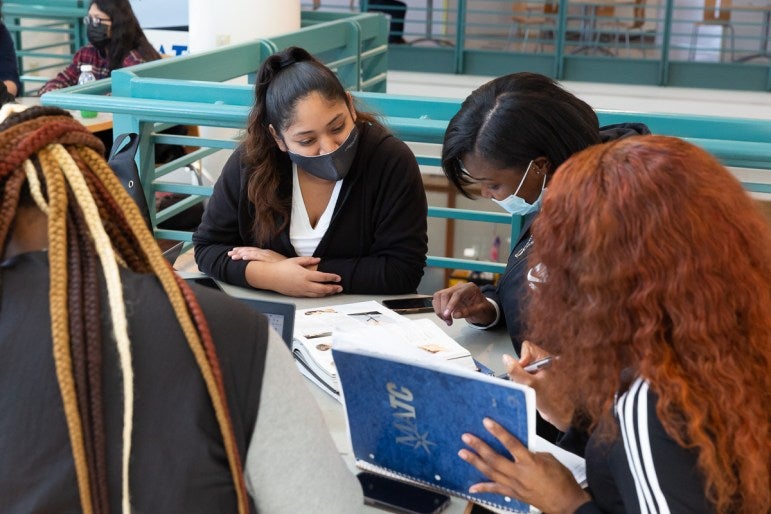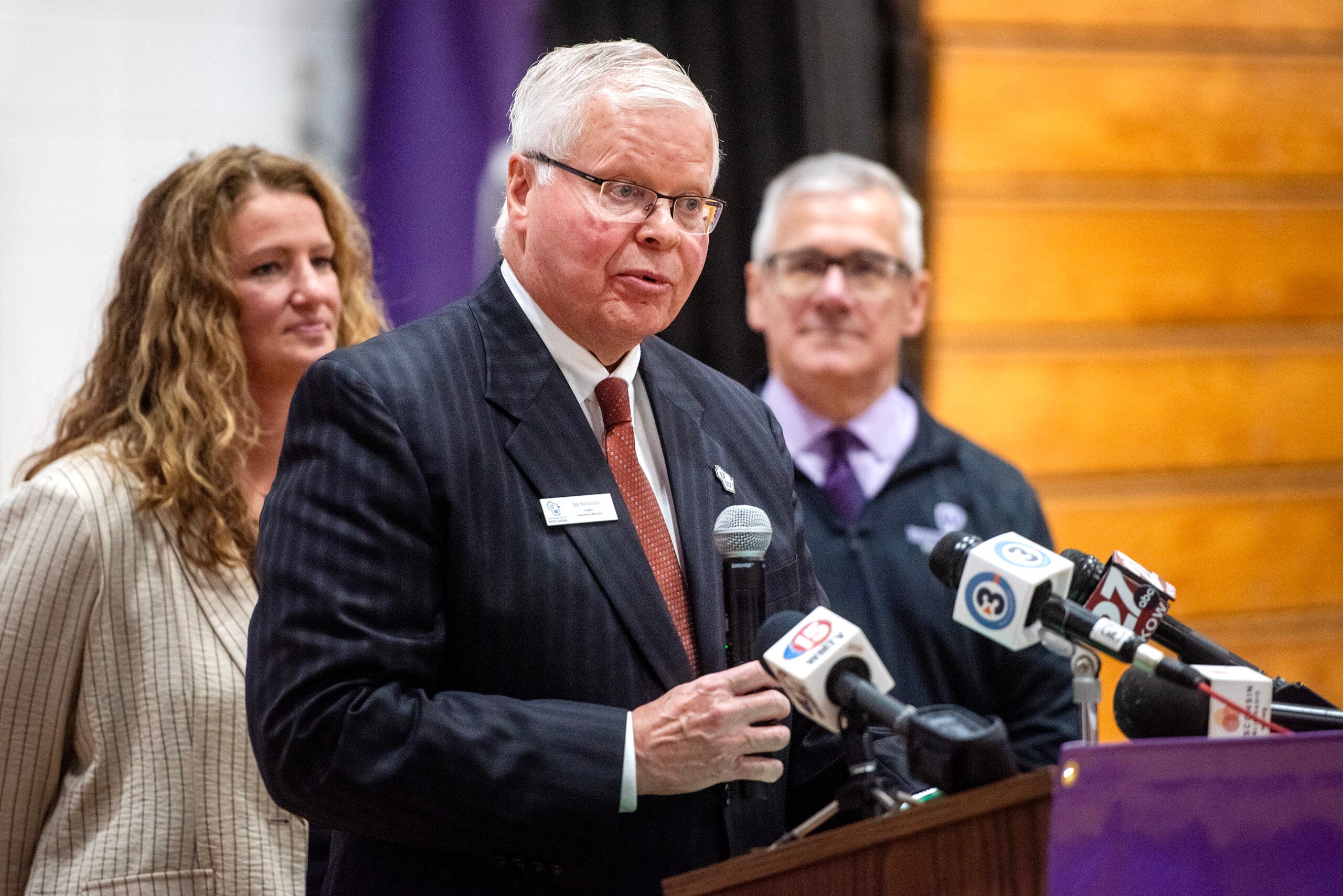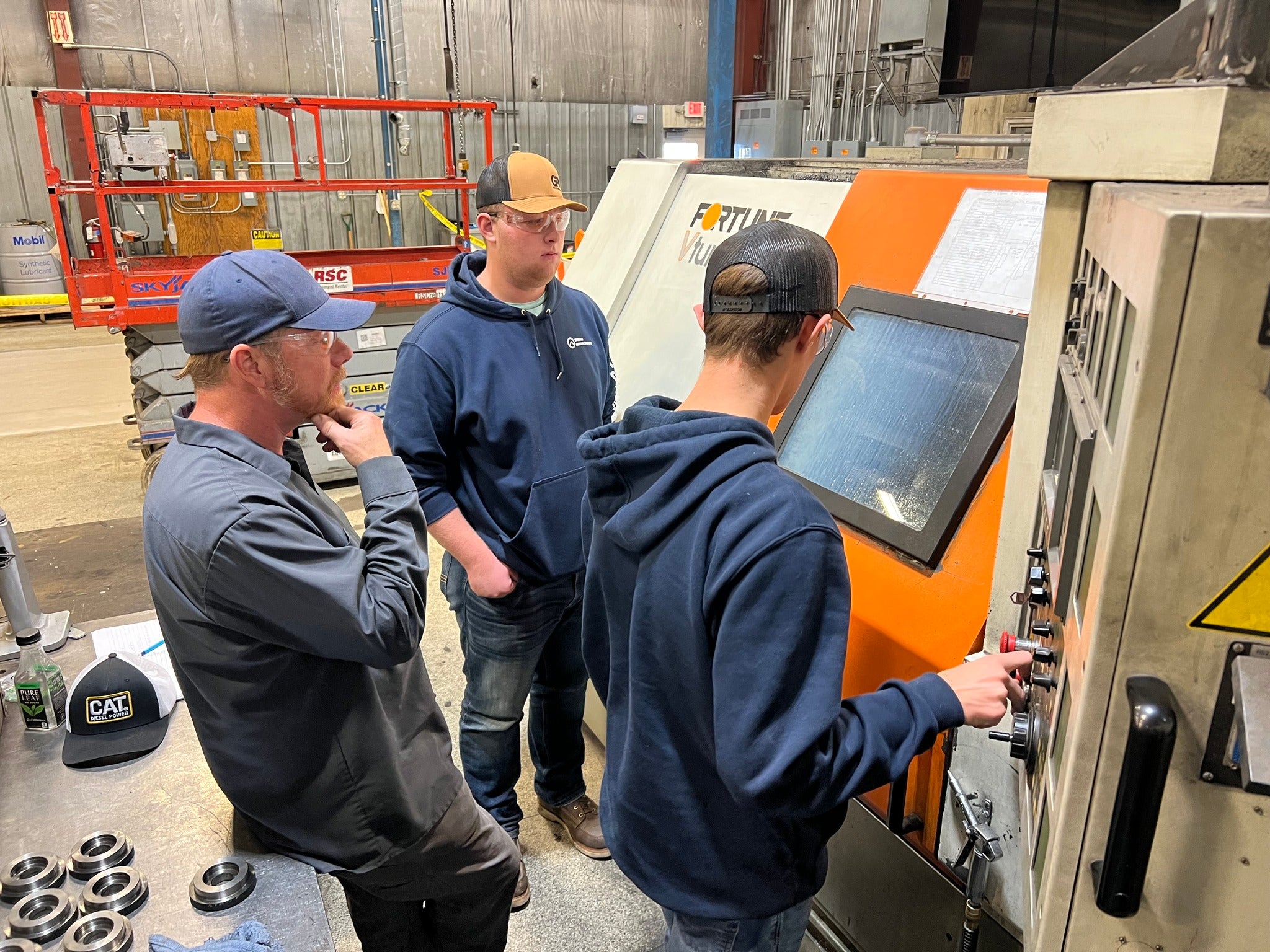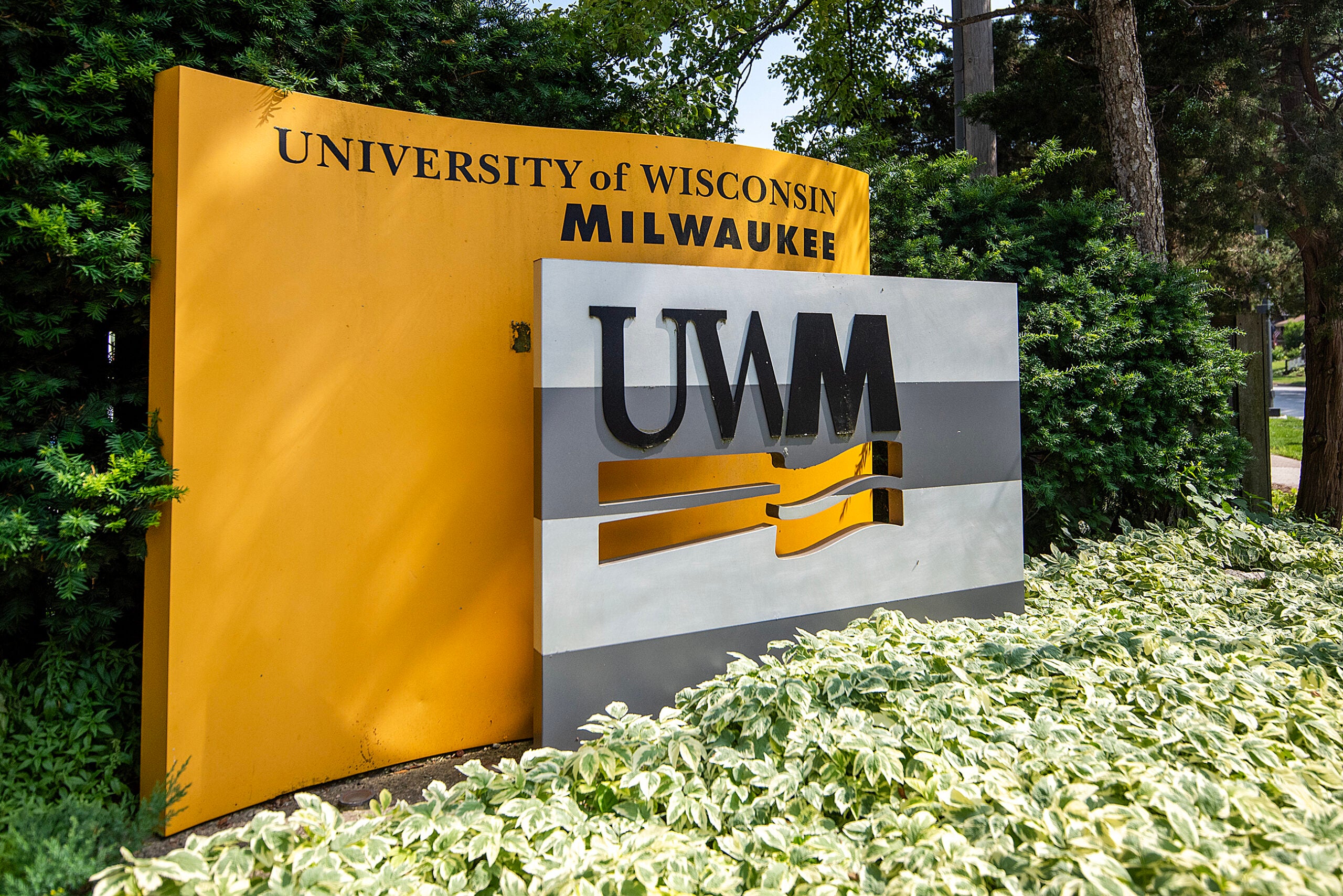Enrollment across the Wisconsin Technical College System grew by more than 10 percent during the 2021-22 academic year. The increase follows a double-digit enrollment decline driven by the COVID-19 pandemic and marks the largest gains for the system in at least a decade.
All of the state’s 16 technical colleges saw enrollment gains during the 2021-22 school year, according to the most recent WTCS Factbook.
Nicolet Area Technical College in Rhinelander saw the largest increase of 21.9 percent over the previous academic year. Western Technical College in La Crosse reported a 19 percent increase and Northcentral Technical College in Wausau posted gains of 15.5 percent year-over-year.
News with a little more humanity
WPR’s “Wisconsin Today” newsletter keeps you connected to the state you love without feeling overwhelmed. No paywall. No agenda. No corporate filter.
The enrollment growth marks a notable turnaround for Wisconsin Technical College System, or WTCS, which saw a 13.2 percent decrease during the 2020-21 academic year driven by the pandemic. During that span, a majority of colleges saw double-digit declines and some saw enrollment fall by more than 20 percent.
Overall, WTCS added 25,669 students in the 2021-22 academic year.
WTCS President Morna Foy told Wisconsin Public Radio the enrollment growth is great news for the state’s tech colleges, but there’s still a ways to go before numbers hit pre-pandemic levels.
“It’s a really good sign for our students, for the state’s economic and health situation,” Foy said. “And it’s also a really sort of affirmation that a lot of changes and things that we are doing in the system are having the intended effect.”
Foy said colleges have been working to adapt to changing student needs. That means building more flexibility into class schedules to accommodate child care needs for working parents and providing more online options for those with difficulty finding transportation.
Foy said technical colleges have also been working on “stacking credentials” by allowing students to work on professional credentials or certifications that build before starting a new career. One example, she said, is apprenticeships tied to tech college programs that allow students to pursue multiple career goals at the same time.
“They are coming to a technical college for their related classroom instruction,” Foy said. “But that’s typically maybe one day a week or a half a day a week. And then they’re also taking courses that give them a one-year or two-year technical diploma.”
Western Technical College President Roger Stanford said much of their 19 percent growth in enrollment is coming from increased contract training for employees. He said companies like Ashley Furniture or Gundersen Health System who may not be able to find enough college graduates are matched with instructors who teach new skills to entry-level employees while they work.
“It’s why it’s so popular right now, because they just can’t wait two years for somebody right now,” Stanford said.
The number of high school students seeking certifications or diplomas has also rebounded at Wisconsin technical colleges. Enrollment in what WTCS calls “dual credit” programs fell to 49,422 during the 2020-21 academic year, the first annual decline in the past 9 years. The most recent data shows 57,219 high school students taking dual credit courses, which is an all-time high.
Since the start of COVID-19, public two-year colleges experienced some of the most significant enrollment declines. Data from the National Student Clearinghouse Research Center showed a 9.4 percent decrease in the fall of 2020. That trend continued this fall when the center reported a projected 5.4 percent drop in enrollment.
Wisconsin Public Radio, © Copyright 2025, Board of Regents of the University of Wisconsin System and Wisconsin Educational Communications Board.







